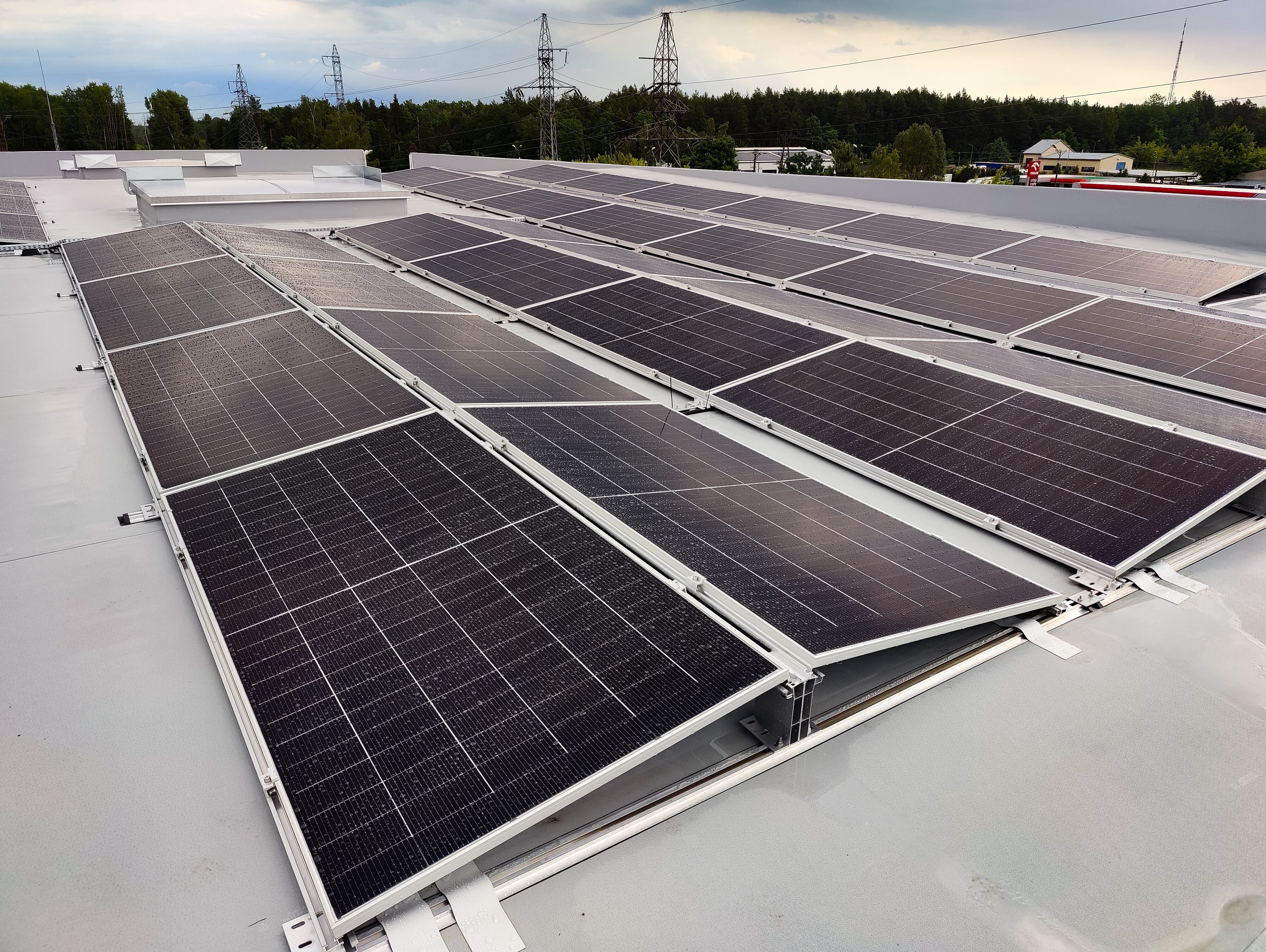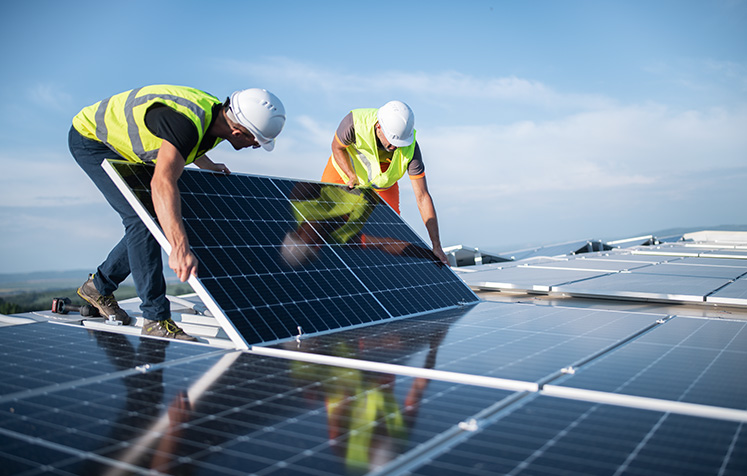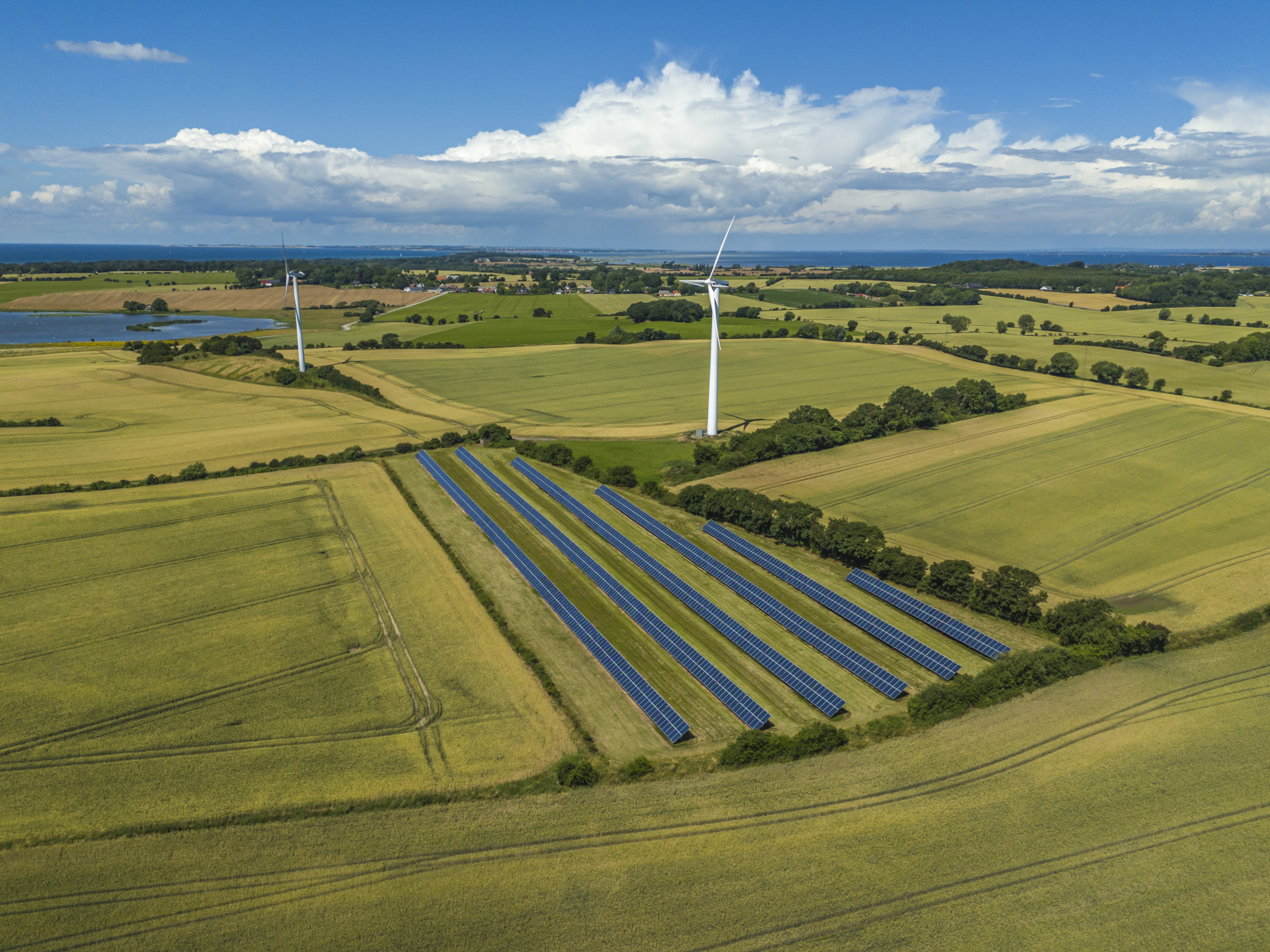Three EAC procurement strategies for 2025 and beyond
As organizations worldwide accelerate their sustainability efforts, Energy Attribute Certificates (EACs) have emerged as a vital tool for tracking and claiming renewable electricity consumption. With evolving regulatory landscapes and increasing pressure to meet environmental targets, the way organizations approach EAC procurement needs to adapt. In 2025 and beyond, centralized, well-timed, and risk-aware procurement will be key to unlocking the full value of EACs.
Understanding EACs: The foundation of renewable claims
Energy Attribute Certificates (EACs) are electronic records that certify the origin of one megawatt-hour (MWh) of renewable electricity. Since electrons from different sources mix on the grid, EACs provide a mechanism for companies to claim the environmental benefits of renewable energy, even when the physical electricity they consume cannot be directly traced.
There are many different types of EACs around the world, including:
- Renewable Energy Certificates (RECs) in North America
- Guarantees of Origin (GOs) in Europe
- International Renewable Energy Certificates (I-RECs), which are prevalent in the rest of the world
Regardless of which type of EAC you’re purchasing, there are two primary ways to procure EACs:
- Bundled EACs: Acquired alongside electricity in a single contract.
- Unbundled EACs: Purchased separately from electricity, offering greater flexibility and control.
Unbundled EACs allow organizations to specify the technology, age of the power plant, and even the geographic origin of the renewable energy. This precision is often not possible with bundled options, which typically involve aggregated portfolios with limited transparency.
For a deeper dive into the basics, check out our buyer’s guide to Energy Attribute Certificates.
Designing a smarter EAC procurement strategy
In a recent webinar hosted by World Kinect, we shared insights into how organizations can optimize their procurement strategies to meet sustainability goals while managing cost and risk. Based on that discussion, here are three key strategies to consider for 2025 and beyond:
1. Gain efficiency and cost savings through centralized EAC procurement
One of the most impactful changes you can make to your EAC procurement strategy is moving toward centralized contracting. Rather than managing multiple contracts across subsidiaries and regions, organizations can consolidate purchases through a single legal entity. This approach offers several advantages:
- Administrative efficiency: One contract, one invoice, and coordinated delivery dates streamline operations.
- Cost optimization: Larger volumes typically result in lower per-unit costs due to fixed trading fees and volume discounts.
- Simplified reporting: Coordinated redemption statements support consistent and timely sustainability reporting.
Importantly, the contracting entity does not need to match the delivery beneficiary. A centralized buyer can allocate EACs to various subsidiaries, enabling flexibility without sacrificing efficiency.
2. Navigate market volatility by planning EAC procurement in good time
EAC markets can be volatile, with prices fluctuating daily. To secure favorable rates and ensure budget certainty, organizations should consider:
- Forward purchasing: Buying EACs for future years reduces negotiation cycles and locks in pricing.
- Aggregated volumes: Combining global demand into a single purchase maximizes economies of scale.
- Preparedness: Having clear information, including electricity volumes, geographic scope, reporting criteria, contracting structure, and delivery timelines, enables swift decision-making within short offer validity windows.
3. Manage risk by building trusted relationships
Smart organizations treat EAC procurement as more than a transactional exercise. Selecting a reliable global provider mitigates credit and delivery risks associated with smaller, local suppliers. A trusted provider can help navigate regulatory changes, ensure compliance with frameworks like RE100 and SBTi, and provide tailored solutions that align with corporate goals.
As emphasized in the webinar, “Anyone can give you a price. But when it comes to assurance, service, and navigating complexity, you need someone who’s seen it all.”
Looking ahead: Planning for change and building resilience
EAC procurement in 2025 and beyond demands more than just cost consciousness; it requires a holistic strategy that balances price, quality, risk, and administrative efficiency. As regulatory frameworks evolve, such as the proposed updates to the GHG Protocol’s Scope 2 guidance, organizations may need to adapt to tighter sourcing requirements, including geographic and temporal matching. These changes could impact both availability and cost, making proactive planning more important than ever.
By centralizing procurement, planning ahead, and working with experienced providers, organizations can not only meet their sustainability goals but also future-proof their energy strategies.
As the energy transition accelerates, EACs will continue to play a pivotal role. The question is not just how to buy them, but how to buy them smartly.
Ready to optimize your EAC procurement strategy?
Contact us to speak with an expert and explore tailored solutions for your organization.





